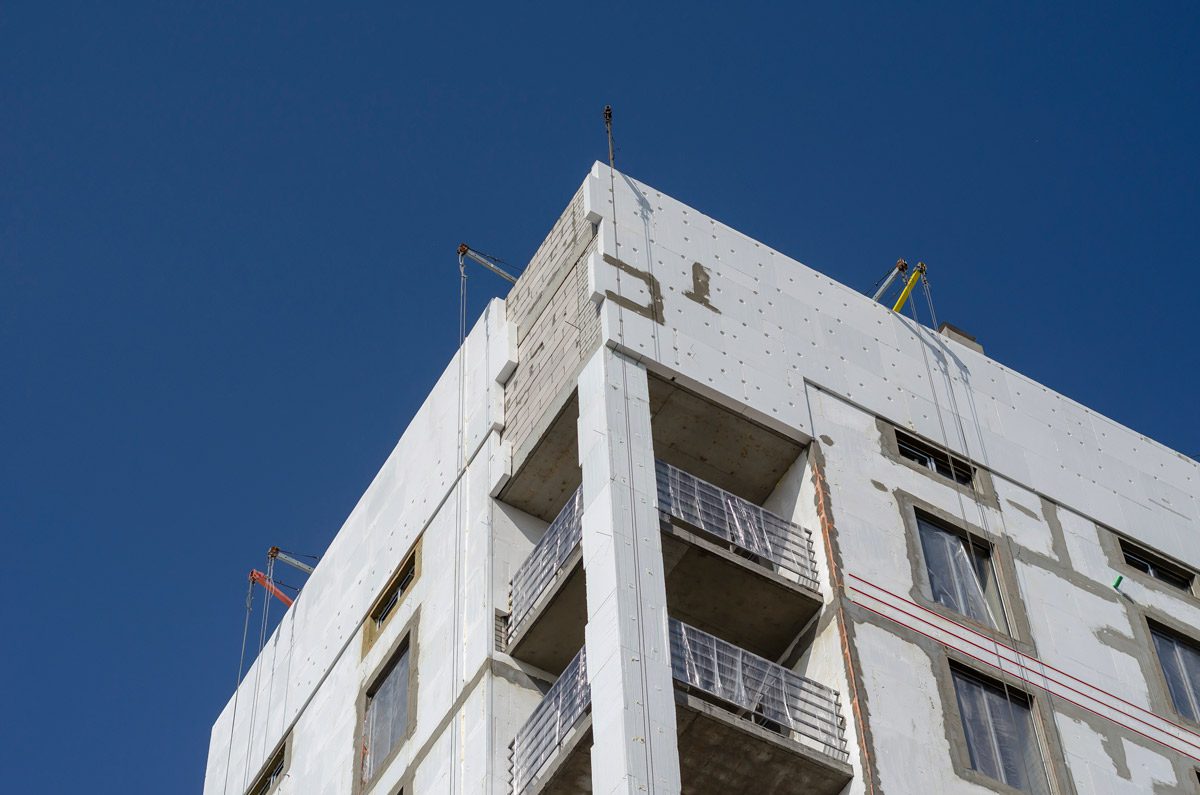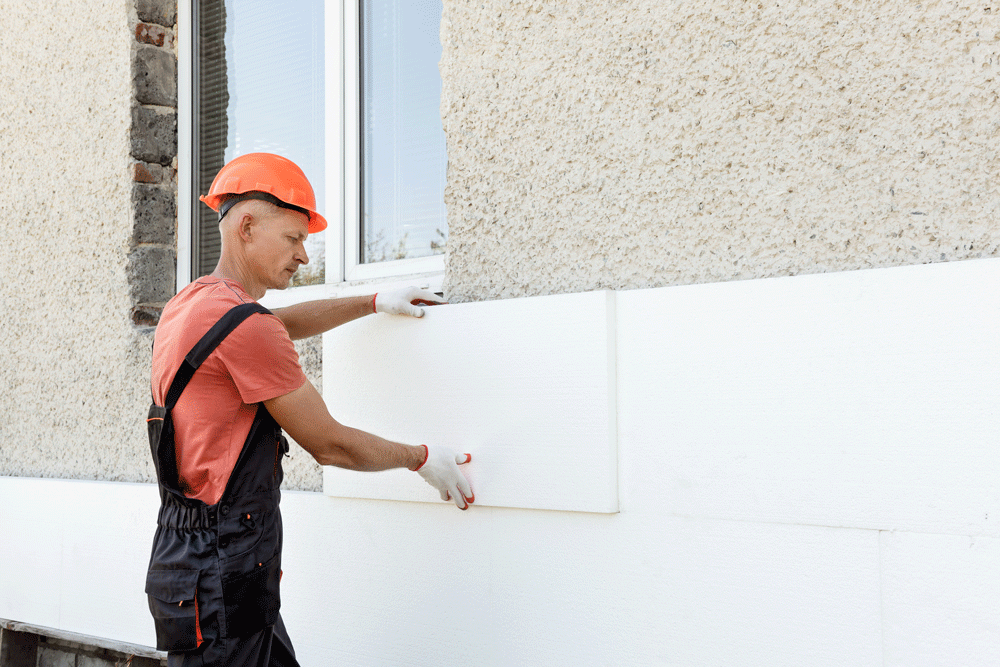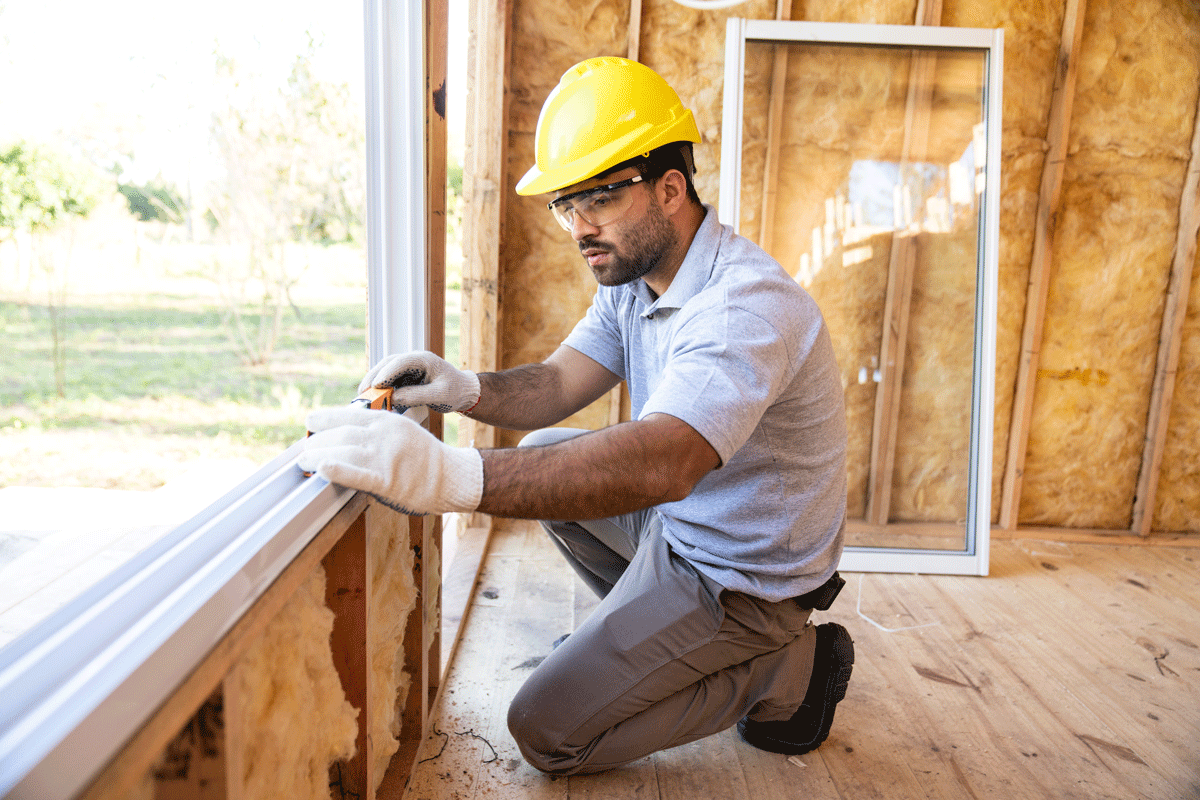Our nation and the global community are on a journey toward a more sustainable future. And we’re also caught in a sticky dilemma.
How do we reduce greenhouse gas emissions (GHGs) while meeting growing human needs?
Such as…
- medical care
- clean water
- nutritious food
- cleaner energy
- connectivity
- sustainable transportation/mobility
- personal care
- energy-efficient housing
All of which must be affordable.
The links above provide some answers. But let’s focus on a really easy one.
Energy Efficient Housing
About 40% of our nation’s energy goes to our homes and buildings, mostly for heating and cooling. Even though we’re a developed nation, a lot of our homes/buildings are poorly insulated and leaky, resulting in lots of wasted money, energy and avoidable GHGs.
The answer: Energy efficiency.
Investing in energy efficiency is generally the fastest and most economical way to meet our energy needs. And to drive down GHGs from heating/cooling our homes.
And what’s the easiest way to invest in energy efficiency?

Building Envelope First
When upgrading for energy efficiency, the focus must be on the building envelope first.
The “building envelope” means the physical barriers that separate the inside conditioned space from the outside world. Under-insulated and under-sealed homes lead to massive loss of energy used for heating and cooling.
Here’s how the Department of Energy (DOE) puts “building envelope first” in relation to providing federal grants “to reduce energy bills, improve comfort, and increase resilience while preparing homes for the clean-energy transition.”
Envelope First
“[DOE] recommends states utilize the Home Efficiency Rebates for envelope upgrades, which are generally the lowest cost opportunity for achieving [energy] savings…”
“As a general principle, when a home is found to have a weatherization need during the home assessment, DOE strongly recommends states require that need be met before any mechanical or appliance upgrades are considered. For example, states should consider requiring all effective envelope upgrades prior to the installation of efficient equipment.”
“This is especially true for the homes and families that need it most: leaky, uninsulated homes are, predictably, those that can achieve the greatest benefit for the lowest cost.”
DOE: “Greatest benefit for the lowest cost.”
But there’s more.
Benefits of Building Envelope First
What else can a building envelope first strategy do? According to DOE, a building envelope first strategy:
- Prioritizes the lowest first-cost option.
- Delivers the most robust and persistent energy and bill savings.
- Improves customer satisfaction with comfort, noise and aesthetics.
- Improves health and safety and indoor air quality.
- Increases home resilience.
- Sets up households to become heat pump ready.
- Provides [electric] grid benefits.
Wow. Sounds like a good strategy.
High-Performance, Energy Saving Building Products
So …what energy saving products should we use?
To drive down energy use in our homes, newer construction practices rely heavily on energy-saving plastic building materials that improve insulation performance (R-value) and limit unwanted airflow.
Plastic building products – spray and rigid foam insulation, house wrap, window frames, caulks/sealants and more – play crucial roles in sealing a building envelope against heating/cooling losses, allowing us to save more energy and money and to reduce GHGs.
We already have the materials that can drive down energy use and GHGs from our homes and buildings. Let’s use them.


